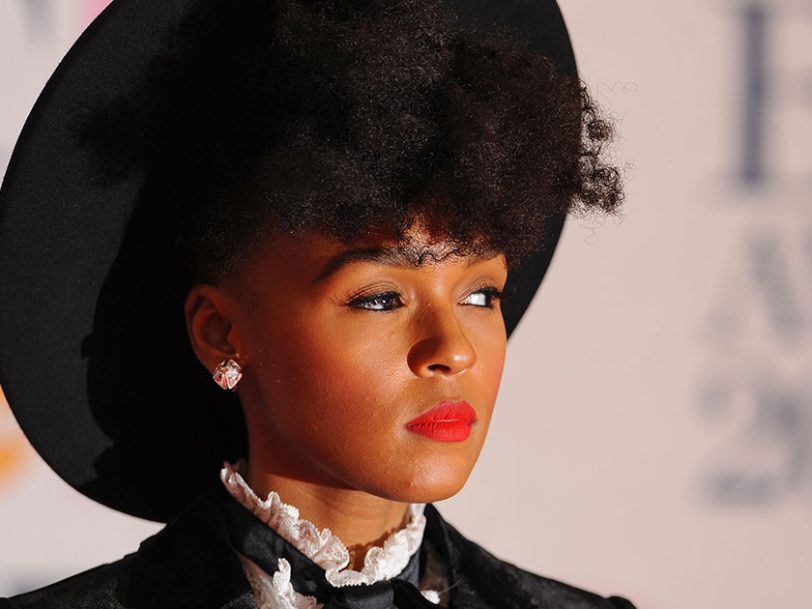“I’m a Black queer woman from the middle of America,” Janelle Monáe said in 2020. “I bring that with me everywhere I go. I wear it proudly.” On 2013’s The Electric Lady, Monáe’s Blackness, queerness, gender and cultural upbringing came together to create one of the 21st century’s strongest artistic statements on modern identity. As she sings on ‘Q.U.E.E.N.’: “They call us dirty ’cause we break all your rules down.”
Listen to ‘The Electric Lady’ here.
A motherboard of ideas to luxuriate in
The Electric Lady is parts four and five of the “Metropolis Saga”, set in the dizzying, far-future mythical world of fictional android Cindi Mayweather. Mayweather’s story first came to the world’s notice in 2007, with Monáe’s debut EP, Metropolis: Suite I (The Chase); but two much earlier songs, Cindi and Metropolis, date from 2003 and Monáe’s self-released, self-distributed CD The Audition. On these very earliest tracks, Monáe traces out some of the ideas that she would build on across the Metropolis EP, her breakthrough 2010 album, The ArchAndroid, The Electric Lady and beyond – to 2018’s Dirty Computer and her 2022 fiction collection, The Memory Librarian.
At the beginning of the saga, Mayweather is an Alpha Platinum 9000 android living in Metropolis and forbidden to love a human – a code she breaks. When her transgression is unveiled, she is “scheduled for immediate disassembly”. From there on in, Mayweather’s stories are rarely linear – instead, throughout the multi-part suite, Monáe explores ideas of race, transgression, revolution, conformity and free will in a highly-structured world.
“I love speaking about the android because they are the new ‘other’”
Released on 6 September 2013, The Electric Lady marks a stage of growth in the tale. It was at this point where Monáe decided to expand her original plans, from four to seven suites, and encompass Mayweather’s prehistory as well (Monáe has suggested that The Electric Lady is a prequel to her original Metropolis EP). Time travel makes some sense out of her character’s disorientating world, but there is little point looking for rigid narrative conformity. Instead, it’s easier to appreciate Monáe’s visions as a motherboard of ideas to luxuriate in.




